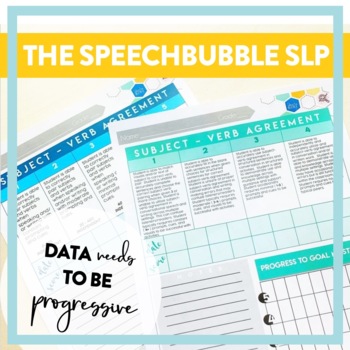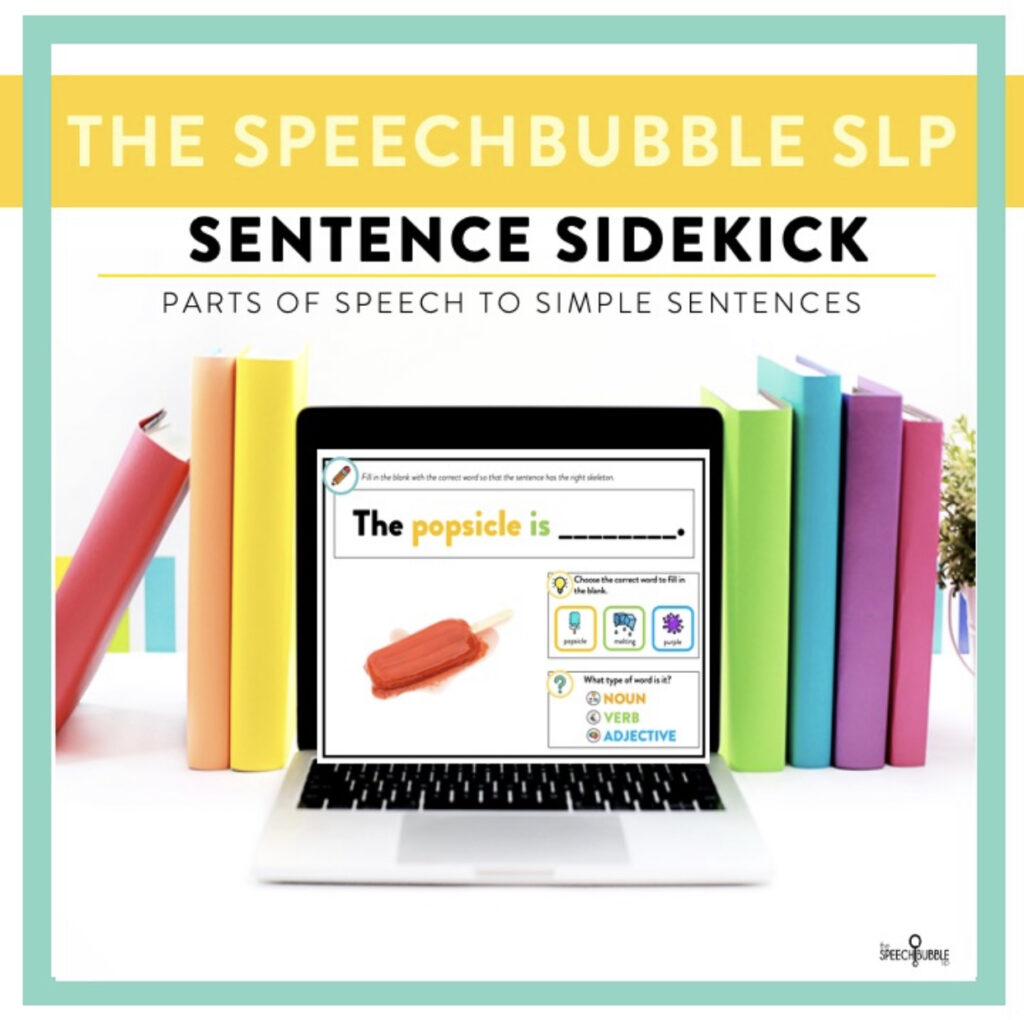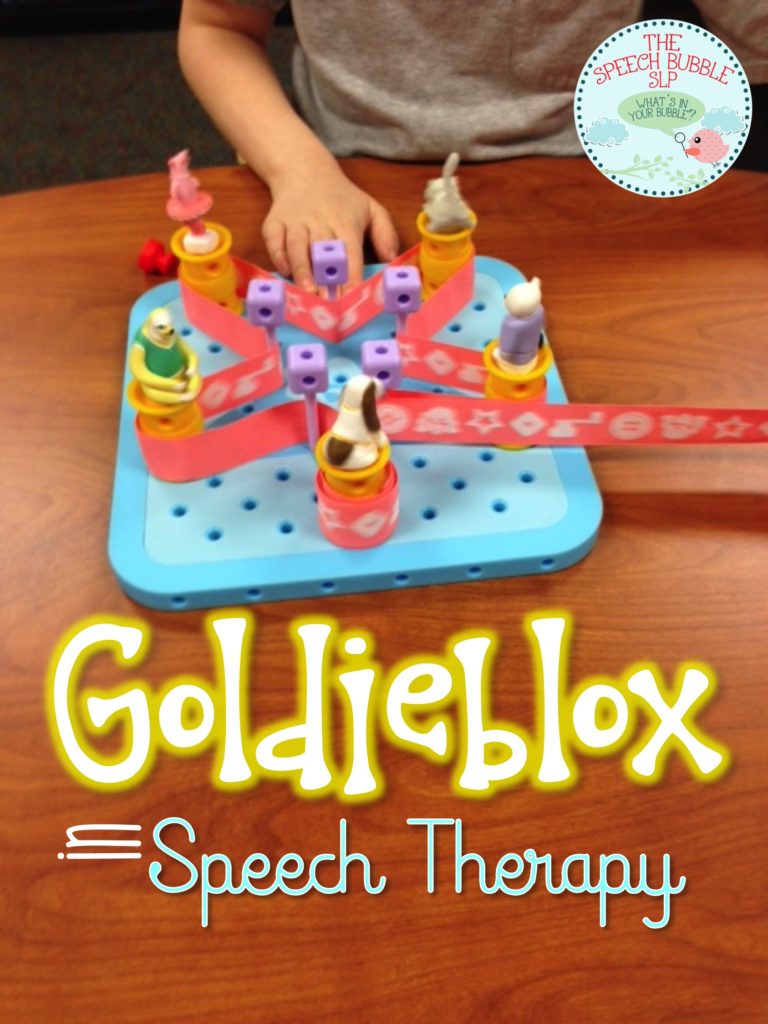Today’s What’s Up Wednesday post come from the creative and talented Carissa from Home Sweet Speech Room. Her blog and activities ( which I have several of in my speech room ) are a great source for ideas, so be sure to stop her blog and check it out. I want to thank Carissa for such an informative post that I am sure will be beneficial for all. So…here is What’s Up Wednesday!
First, I want to say how excited I am to be a part of What’s Up Wednesdays! Thank you so much to Maureen for this opportunity. Today’s topic is interpreters!
First, let’s start off with the basics. Interpreting is converting spoken language (as opposed to translating, which is converting written language). There are three types of interpreting: consecutive, simultaneous, and whispered (Chong, 2002). Consecutive is where the interpreter listens to a sentence, pauses, and converts the sentence. Simultaneous is where the interpretation is given at the same time. Whispered is where the interpreter sits beside the person and whispers the interpretation as the meeting goes on.
So what makes a good interpreter? They must be proficient in both languages, including verbal and nonverbal components. A good memory and a knowledge of the appropriate terminology are absolute musts. The interpreter must understand there can be multiple meanings for words, that some words cannot be translated, and that some words are stronger or harsher in another language (i.e. swearing). Typical interpreter mistakes include editing or adding their own opinions, omitting what they do not understand, distorting the meaning, or changing the meaning by using certain nonverbal communication.
When working in health care, there are certain advantages and concerns with having an interpreter. It is important that interpreters understand the rules of confidentiality (Chong, 2002). Interpreters can help calm the fears that patients may have. They also must recognize the cultural differences regarding medicine and treatment (Chong). Some patients receive substandard care because they didn’t have an interpreter or had an inadequate one. Thus, it is essential that the interpreter exchange information such that the patient receives the most accurate diagnosis from the doctor or SLP.
One of the most important things in working with an interpreter is thinking about their perspective. Who are they? What are their beliefs about the situation? Could those beliefs influence the way they interpret? How do they see their role? Is there an internal or external conflict? Thus, it is important to meet with the interpreter at least once before the session to review these questions and brief them on what will happen. This briefing will include the agenda for the session and how the interpretation will work. This is also a good time to ask how they would like to be addressed, etc.
The next step is the actual session. Here are some pointers for the SLP from my professor:
– Speak clearly and slowly in short sentences
– Allow for pauses and time for interpreters to process what has been said
– Avoid metaphors, idioms, proverbs, slang, abstract words, or professional jargon
– Avoid complex questions and sentences
– Ask if the interpreter understands or needs repetition
– Have a good relationship with the interpreter. Try to maintain interactions that are relaxed and non-threatening.
– Speak to the person (patient or student) and not to the interpreter
– Plan on using consecutive interpretation
– Try to find an interpreter the family feels comfortable with. The family may be unwilling to share some information to the interpreter for cultural reasons. (Hwa-Froelich, 2013)
Then, after the session, a debriefing occurs, where the SLP will discuss outcomes with the interpreter and make future plans if need be (Langdon & Cheng, 2002). It is important to note that the interpreter is not making the diagnosis; he/she is simply discussing his/her impressions with the SLP.
Well, this is just an overview of working with interpreters! Each interpreter is different, as are their expectations. I think it is important to know the basics, though! I sincerely hope this post has helped! I would love to hear any experiences you have all had with using interpreters!



















One Response
I’ve worked with MANY interpreters and having one with understanding of the situation really does make all of the difference. Discussing expectations with the interpreter before the evaluation is definitely critical. You’ve reinforced some great points here! Thanks for putting it out there!